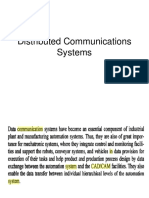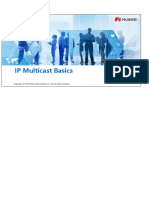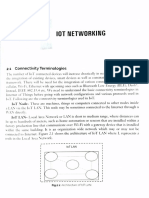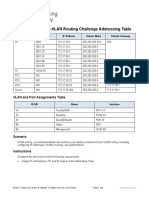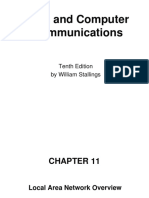0% found this document useful (0 votes)
20 views6 pagesFundamentals of Computer Networks
The document provides definitions and explanations of key concepts related to computer networks, including types of networks (PAN, LAN, WAN), network protocols (Ethernet, Wi-Fi, TCP, UDP), and security measures (authentication, encryption, firewalls). It outlines the benefits and risks of networking, various network topologies, and the four-layer TCP/IP model. Additionally, it discusses common sending and receiving protocols for data transmission.
Uploaded by
Sean EpicCopyright
© © All Rights Reserved
We take content rights seriously. If you suspect this is your content, claim it here.
Available Formats
Download as DOCX, PDF, TXT or read online on Scribd
0% found this document useful (0 votes)
20 views6 pagesFundamentals of Computer Networks
The document provides definitions and explanations of key concepts related to computer networks, including types of networks (PAN, LAN, WAN), network protocols (Ethernet, Wi-Fi, TCP, UDP), and security measures (authentication, encryption, firewalls). It outlines the benefits and risks of networking, various network topologies, and the four-layer TCP/IP model. Additionally, it discusses common sending and receiving protocols for data transmission.
Uploaded by
Sean EpicCopyright
© © All Rights Reserved
We take content rights seriously. If you suspect this is your content, claim it here.
Available Formats
Download as DOCX, PDF, TXT or read online on Scribd
/ 6
































